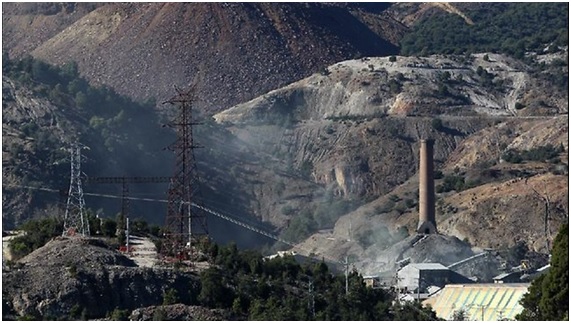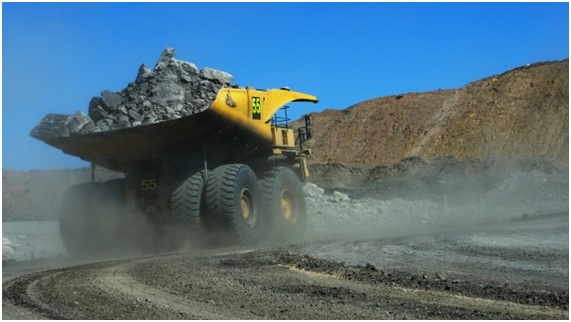Mining has been one of the most important industries in Australia. It made great impacts not only on the national economy but in immigration patterns as well. In early 1840s, silver and copper began to be mined and in 1851, deposits of gold was discovered in New South Wales and Victoria. Australia is also known as the leading supplier of coal, iron, nickel, uranium and zinc. Aside from its ores, Australian mines also produce opals and diamonds.
However, these hidden bounties found below the ground were not extracted without a price.
During the 19th century and early 20th century up to the present, like most of the countries, Australia had a few safety regulations for miners. This resulted in numerous mining accidents and fatalities across the nation.
Here are some recent Australian mining accidents that led to injuries and fatalities:
- In January 17, 2014, a 53-year-old man died due to a mud rush in the mine’s lower levels at Mount Lyell mine in Queenstown. Mud rush is an occurrence in which there is a sudden inflow of mud from the underground openings.

Mine site in Queenstown. Photo c/o The Mercury
- Walls of Austar Coal Mine collapsed when a major burst of coal from the rib occurred last April 15, 2014. Eight miners were working about 500 meters below ground when the incident happened. Unfortunately, two men were trapped and after several hours both were pronounced dead.

Coal Mine in Paxton. Photo c/o The Herald
- An electrician working at Grasstree Mine died underground due to asphyxiation in May, 2014. According to the reports, he entered a part of the mine that was being inertised (means a part of the mine is sealed because it is filled with inert gas to reduce the risk of explosions and fires).The said portion was not clearly marked as “inaccessible”.

Miner dies of asphyxiation at a Coal Mine. Photo c/o Mining Australia.
- In North Queensland, 8th of June 2104, one of the workers of Mt. Isa Copper Mine died after he fell about 100 meters and landed on an ore stored in the pass. He was a member of a three-man team tasked to replace ventilation fans

Mount Isa Copper Mine. Photo c/o MountIsaMines
- In Grasstree underground coal mine near Middlemount, north-west of Rockhampton, a large piece of rib material struck a 45-year-old worker leading to his death. He was inserting tubing and grouting holes when the incident happened last December 11, 2014.

Entrance to the coal mine. Photo c/o ABC News
- South Australia has recorded its first workplace fatality for 2015 last February 10 when a man died after he was struck in the chest by falling rocks underground at Olympic Dam mine site.

- A tyre on a large mining truck has exploded at the Dawson coal mine located in the Bowen Basin, February 16, 2015. One contractor died and another was seriously injured. A thorough investigation has been called because it happened to be the third fatal tyre-related incident at Anglo American Mines in Central Queensland.

An exploding tyre killed one mine worker and injured another at a central Queensland coal mine. Photo c/o Sourceable News
- Finally, at the Blackwater Mine of Billiton Mitsubishi Alliance, a man died. The accident involved a raptor transporter vehicle according to the company.

Man killed in vehicle rollover. Photo c/o Brisbane Times
As grim as these incidents may be, they are very far from the worst mining accidents recorded in history. The worst in Australia occurred in New South Wales, near Mount Kembla in 1902, where 96 men died due to an explosion. The 1942 accident in Manchuria took away an astonishing 1,549 lives and this is likely the world’s worst mining disaster.


